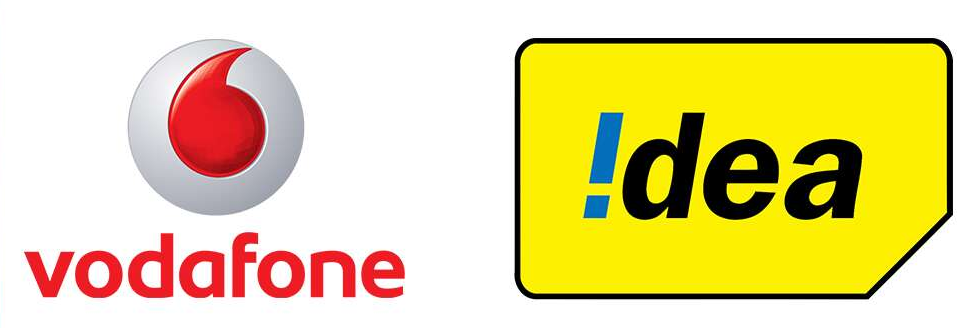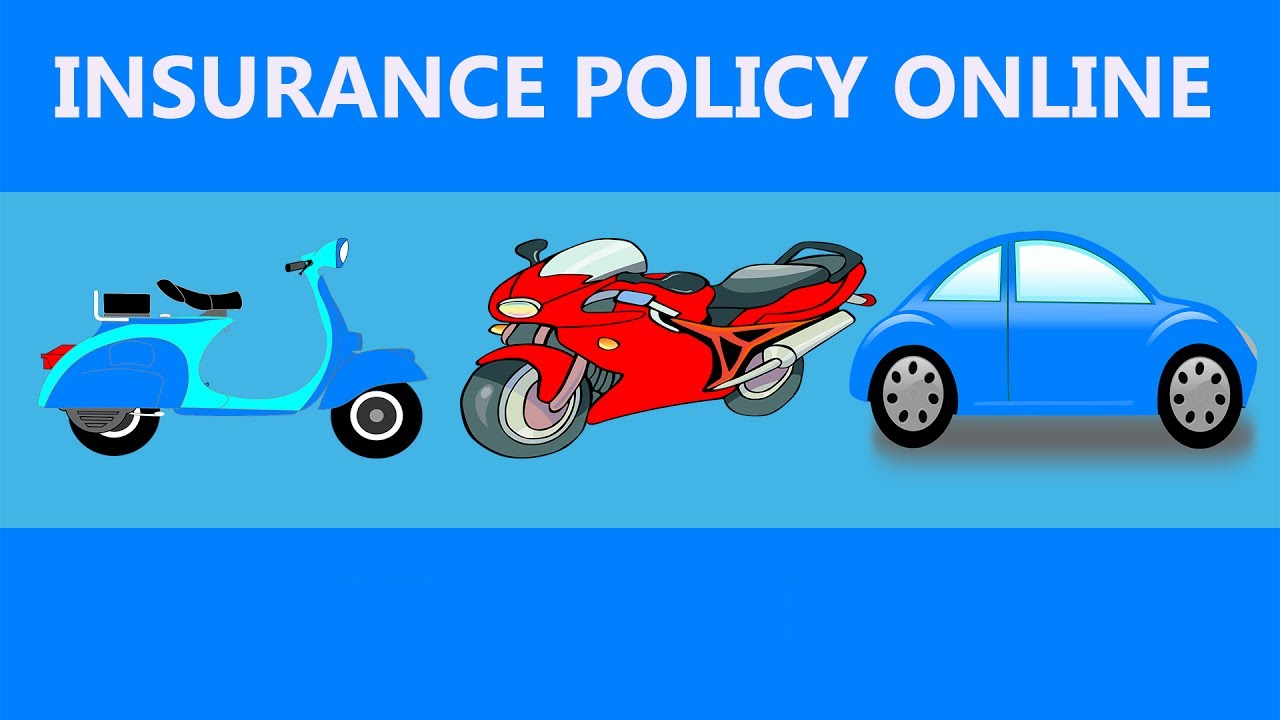One of the major areas where many companies focus in today’s changing times is keeping the employees updated about the latest trends. The best way to do the same is via trainings. As every business has a unique set of challenges, generic trainings, especially in areas of sales & marketing might not be very helpful for the business.

As this was not a one off problem, Arun Subramanian and his other team members decided to solve this problem for different industries by providing tailor-made training solutions. This is how he & his co-founders came up with the idea of Enparadigm, a tech-driven learning solutions company transforming performance.
The solutions help people get better at the hidden details of their jobs, the nuances that usually take years to learn by taking a holistic, sustained-learning approach and driving change in both business and behavioural competencies. Enparadigm develops proprietary algorithms and leverage AI to build advanced digital simulations, SMART micro-learning platforms, and sales enablement apps.
Today, we have a chat with Arun Subramanian, Co-founder & Chief Of Strategic Initiatives at Enparadigm regarding the offerings, challenges faced by L&D teams in organizations, and much more. Let’s get started with the Q&A….
Can you give a brief introduction about the company and the core team behind Enparadigm?
At Enparadigm, everything we do is geared towards building employee capability to drive business outcomes. We are a technology-driven learning solutions company.
We help organizations grow by enabling their front-line workforce to become sales ready, and delivering high-quality learning experiences that have zero-degree separation from the performance context. We achieve this through proprietary, award-winning learning tech, industry expertise, and connecting learning to performance context in the role. We have helped 500+ clients from across sectors drive growth and leadership.
We are a fast-growing company led by a group of IIM A alumni founders: Hanuman Kamma – Co-founder & CEO, John Cherian – Co-founder & Executive Director, Kumar Veetrag – Co-founder & CTO, Arun Subramanian – Co-founder & Chief of Strategic Initiatives. Today, we are a team of 80+ people delivering end-to-end learning solutions company from product development, content, design, and facilitation, to reporting.
How did you come up with the idea of Enparadigm?
Enparadigm was born out of an annual campus festival at IIM Ahmedabad. We created a virtual platform from the ground up to conduct a game for the annual festival. It was, to us, an interesting idea. A way to do something different and exciting. Not only was the event a grand success, everyone appreciated our virtual platform that created a competitive marketplace.
Our professors told us that what we had built was a simulation and that it held great potential in the helping professionals learn. We knew then that along with the human touch, we wanted to explore the power of technology in learning.
What are some of the business verticals that Enparadigm caters to?
Over the years we have developed a keen focus on enabling sales readiness of the front-line workforce in sectors like BFSI, FMCG, and retail. In addition to this, we have developed 25+ unique simulation platforms that are fine-tuned to address different roles in various sectors.
We have worked with 20+ sectors including IT/ITES, BFSI, Retail, FMCG, Pharmaceuticals, Apparels and Textiles, Automotive, etc.
Coming up with the core learning for any type of business requires deep understanding about the intricacies of business. At what stage can Enparadigm pitch in to come up with customized training modules?
As mentioned, we have a wide variety of platforms and they are specialized for various roles. This spans the entire organization structure, right from the leadership to the front-line workforce.
Enparadigm started as a leadership training and development company in the early days, when we were operating out of the IIM-A incubation center. We were mainly addressing the C-suite and upper-middle management. We had built a very good reputation and during this ‘take-off phase’ of our Company, organizations started to approach us for solutions for their middle managers and front-line workforce.
While we did not have a solution ready at that point we realized two things. One, there were tremendous business challenges to be solved in enabling the bottom third of the pyramid in any organization. Achieving this was crucial to the growth plans of the organization. Two, reputed organizations we had worked with trusted us to help them develop their employees into high performers and future leaders.
Today, one of our key focus areas is to enable organizations to expand by enabling their front-line workforce to become performance ready quickly. We have a rich library of content; and we work with organizations to understand specific business needs to deliver immersive learning experiences for large cohorts or for smaller groups, in one go. We continue to deliver leadership programs for the c-suite and mid-level managers as well but, we have grown to address the entire spectrum of the organization.
What are some of the popular business areas [e.g. sales, marketing, etc.], where businesses require Enparadigm’s domain expertise for L&D of their resources?
- Management – from entry level to senior leadership,
- Sales – Direct and Distribution sales structures across the hierarchy
- Building sales readiness of the front-line workforce,
- Project Management & Delivery
- Operations
- Human Resources
- Customer Experience
We address all these areas. We also cover sector specific functions like retail analytics and store management in retail to name a couple.
What is sales readiness and how does Enparadigm help front-line sales?
Sales function is definitely a key area where businesses require our solutions as they look to expand beyond urban areas to grow. The front-line workforce sees a high rate of infant attrition – people leaving in the first 6 months of employment. There are some significant cost elements associated with this problem.
One, low sales productivity – Going by the reports one reads, a number of sales people take at least 6 months before getting sales ready. Most of them quit within that time, leading to low sales productivity at an organizational level. Two, opportunity Loss related to stalled market expansion which is a few multiples of lost sales productivity.
The other challenge from an employee standpoint; to give you an example from BFSI, is that many front-line sales people join with the expectation that that they can make significant money in a short span of time. For example, in insurance and financial service sectors, the ability to constantly build relationships with new prospects and strengthen the connect with existing customers is important.
Apart from the organization’s efforts, it requires a lot of rigour from the employee. In our experience, this is something a lot of new recruits overlook when they join a company. This segment requires a lot of timely input and training to handle the high pressure and expectations of the business.
Training has to be relevant, timely, and scalable; and help them learn in the flow of work. More importantly, training has to help people who are working remotely, overcome the free agent mindset and perform in a systematic manner. Since sales as a function is high on human quotient training also needs to reflect that. This is where we come in.
We think that there is an impactful solution in approaching it as a bundle
- Building ‘readiness’ to perform during the infant attrition phase
- Enabling the sales force with the right set of tools that will significantly enhance on ground performance and customer engagement thereafter
Every business and each stage in business has its own unique set of challenges. How does the team at Enparadigm identify the gaps and come up with unique training models for every stage of business?
We follow a rigorous approach before implementation of any program. Some of our solutions are plug and play and organizations can go live with them in just a few days.
However, we always work with stakeholders within the organization to know the specific needs to be addressed. Together we decide on the objectives to be driven and we base our program design on this process. If required, any customization would also be made at this stage.
How does Enparadigm leverage AI, Machine Learning, behavioral science, qualities unique to the learner to enhance the learning experience and contribute to the business growth of your client?
In short, we use AI to personalize the learning path and deliver content at the time of need. Based on the speed on learning, previously covered topics, user behavior, and other data points our platform is capable of delivering topics that employees tackle next. We also employ a whole host of ‘smart triggers’ within the app to boost adoption and regular engagement.
We already see AI playing a huge role in translating content to vernacular languages. Going forward, we only see this increasing ensuring that a salesperson sitting in a rural area will have access to learn just the same as someone who is operating out of a branch in Mumbai, closer to headquarters and resources.
What are some of the inputs that your team would need from the client to come up training courses [e.g. business line-up, skills of employees, competition, stage of the organization i.e. startup, growth, hyper-growth, etc.]?
Over the years, we have worked with most major industry sectors and we have fine-tuned the products and services to cater to various roles in each of those sectors. Our solutions to enable sales readiness are built with deep domain knowledge. They are designed with on-ground research and inputs from salespersons from different parts of the country. We think that it a robust model with a strong foundation.
Having said that, every company is different and there is always some adapting to be done. We always work closely with organizations to understand some of the granular differences that may exist even between organizations operating in the same industry and adapt accordingly.
There could be instances where competitors from the same business vertical e.g. e-commerce websites take learning services from Enparadigm. How do you ensure that ‘solutions/training modules for common problems’ are still unique for each of them?
While functions or role titles may be the same, no two organizations are alike. Going from our previous point, every organization may have slightly different employee profile, and may want to address a particular set of skills.
Designing and delivering a learning program from end-to-end depends on all these factors. While certain parts of our content library applies to sales as a practice in general , in cases where we need to address some salient objectives within each organization, we work with stakeholders to design an apt solution.

The evolution of digital India and wider internet penetration, every aspect of business [sales, marketing, business development, etc.] is changing at a rapid pace. How does Enparadigm work on the micro & macro development of business and their employee’s skills [Can you comment from typical businesses which are planning to leverage Digital technologies for business expansion?]
A Mckinsey study estimates that by 2030, more than 50% of at least 10 of India’s 29 states will be urbanized. So, opportunities in these newly urbanized areas and beyond is going to drive business growth and GDP.
Increasing access to mobile networks and smartphones is helping organizations overcome some of the boundaries of traditional infrastructure and expand into new territories. Not to mention, mobile-based programs are a great fit for the millennial generation that has grown up as digital natives.
However, being available on smartphones is not enough. There is a need for localization and getting new recruits to relate to the learning process. These aspects remain a challenge for many companies and hence adoption remains low and attrition is high.
At Enparadigm, we take a multi-pronged approach to capability building and technology is only the starting point.
Can you comment on the funding status of Enparadigm?
The Company is profitable and we have had some angel funding. For now, the financials are healthy and we continue to focus on strengthening that. We may raise series A funding in the future.
Who are the competitors of Enparadigm and what are some of the steps that the company takes to stay ahead of the curve?
The learning space has grown quickly over the last decade. We have always been a forward looking company and Enparadigm has differentiated value proposition since day one. We have a wide array of highly customizable platforms that are fine-tuned to address different sectors and roles in various functions.
These tech-driven, immersive, hands-on learning experiences add a high degree of relevance, and allow for learning by doing. We continue to work on incorporating new-age technology in a manner that enhances the learning experience and impacts business outcomes.
What are some of the steps that Enparadigm takes in skill development of its own employees so that it can be a trendsetter in the learning & development sector?
One of the key characteristics for people joining team Enparadigm is a willingness to learn. We are an agile, end-to-end learning tech company. Every team collaborates closely with every other team to help refine the end product.
This entails that one needs to have a basic understanding of what other teams are doing and how they contribute to the end product. Apart from this agile work environment, as the team has grown, we are offering individual members more formal learning plans as well.
Any closing remarks on starting up, scaling up or fund raising for aspiring entrepreneurs or entrepreneurs looking to raise funds?
One of the key things is to focus on a large enough problem that has an addressable market. It is easy to focus on solving an interesting problem with no market to address and miss the big picture.
Other than that, it is important for entrepreneurs to be able to understand the users of their product or service. Spend time with them and get continuous inputs. Be willing to iterate fast and make the experience better for them.
We thank Arun for his time and sharing insights about Enparadigm and how it’s offerings can be used by businesses to tackle their L&D requirements. If you have any questions for Arun or the Enparadigm team, do leave them in the comments section..








